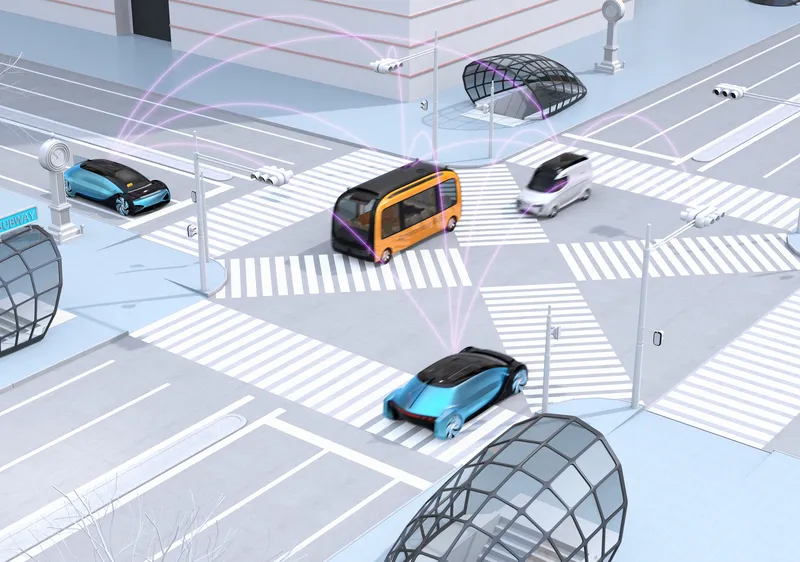The
Ohio DOT will utilise analytic tools and traffic services from Inrix and StreetLight Data to improve system planning, traffic management and operations in Ohio.
These include Inrix Analytics, a suite of cloud-based analysis tools to help transportation professionals what is happening on the roads and Inrix Trips which provides data on drivers’ journeys. In addition, the newly-launched Inrix Dangerous Slowdowns provides data to prevent back-of-queue collisions in rapidly forming congestion, while Inrix Real Time Traffic Flow provides real time traffic information.
StreetLight InSight allows ODOT to design, run, visualise and download unlimited customised transportation analyses like origin-destination, select link and trip purpose.
Ohio DOT Selects Inrix and StreetLight Data for on-demand mobility intelligence
The Ohio Department of Transportation (ODOT) has added analytics and origin-destination to its existing Inrix traffic services to help monitor, measure and manage the state’s road network. As part of the agreement, StreetLight Data will enable ODOT to transform Inrix data into actionable intelligence. Ohio DOT will utilise analytic tools and traffic services from Inrix and StreetLight Data to improve system planning, traffic management and operations in Ohio.
September 26, 2017
Read time: 1 min










